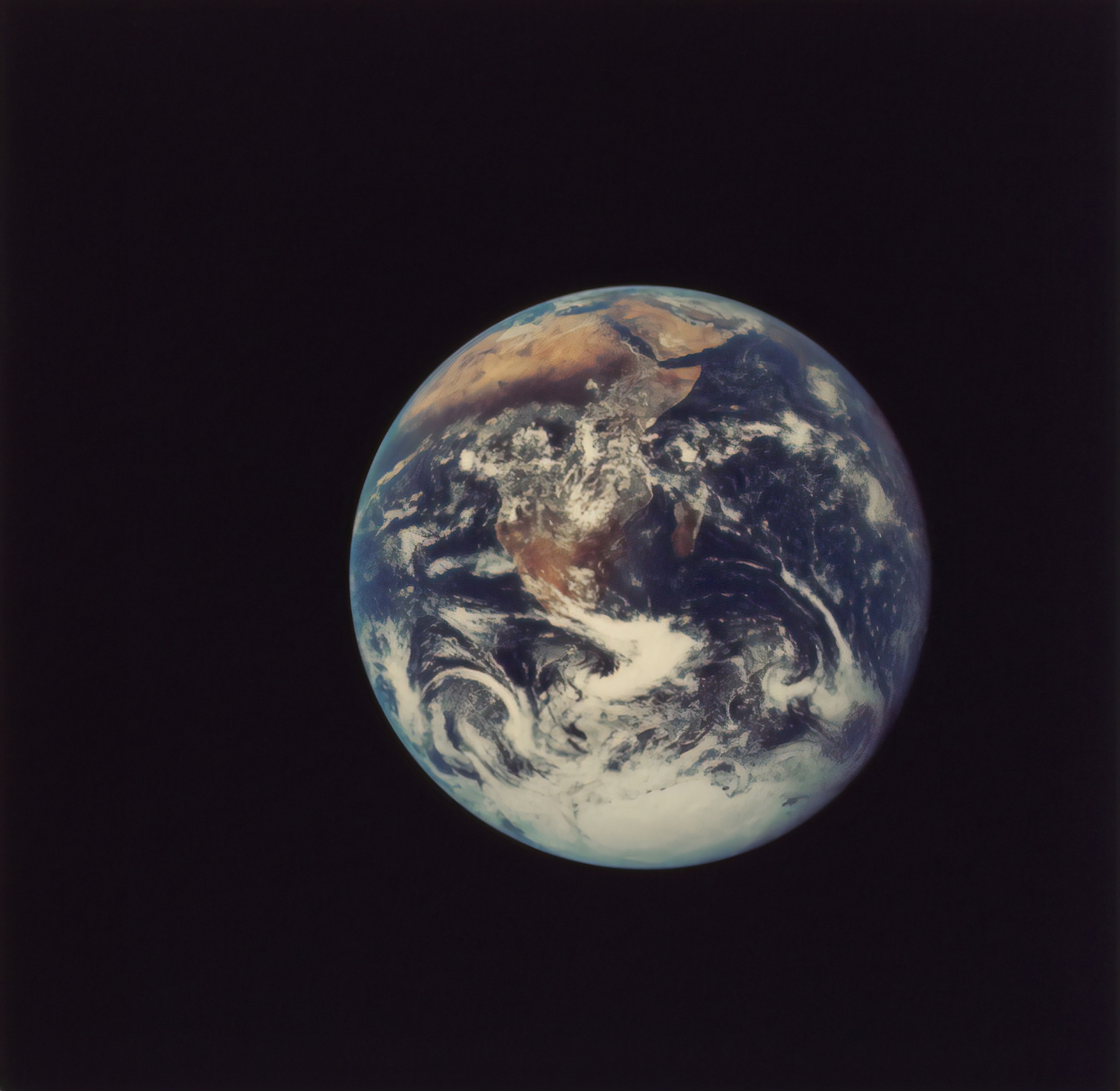MIT Technology Review
The search for life on other planets is a lot like cooking. (Bear with me for a second.) You can have all the ingredients in one place—water, a warm climate and thick atmosphere, the proper nutrients, organic material, and a source of energy—but if you don’t have any processes or conditions that can actually do something with those ingredients, you’ve just got a bunch of raw materials going nowhere.
So sometimes, life needs a spark of inspiration—or maybe several trillion of them. A new study published in Nature Communications suggests lightning may have been a key component in making phosphorus available for organisms to use when life on Earth first appeared by about 3.5 billion years ago. Phosphorus is essential for making DNA, RNA, ATP (the energy source of all known life), and other biological components like cell membranes.
“This study was actually a lucky discovery,” says Benjamin Hess, a Yale University researcher and lead author of the new paper. “It opens up new possibilities for finding life on Earth-like planets.”
This isn’t the first time lightning has been suggested as a vital part of what made life possible on Earth. Lab experiments have demonstrated that organic materials produced by lightning could have included precursor compounds like amino acids (which can join to form proteins).
This new study discusses the role of lightning in a different way, though. A big question scientists have always pondered has to do with the way early life on Earth accessed phosphorus. Although there was plenty of water and carbon dioxide available to work with billions of years ago, phosphorus was wrapped up in insoluble, unreactive rocks. In other words, the phosphorus was basically locked away for good.

How did organisms get access to this essential element? The prevailing theory has been that meteorites delivered phosphorus to Earth in the form of a mineral called schreibersite—which can dissolve in water, making it readily available for life forms to use. The big problem with this idea is that when life began over 3.5 to 4.5 billion years ago, meteorite impacts were declining exponentially. The planet needed a lot of phosphorus-containing schreibersite to sustain life. And meteorite impacts would also have been destructive enough to, well, kill off nascent life prematurely (see: the dinosaurs) or vaporize most of the schreibersite being delivered.
Hess and his colleagues believe they have found the solution. Schreibersite is also found in glass materials called fulgurites, which are formed when lighting hits Earth. When fulgurite forms, it incorporates phosphorus from terrestrial rocks. And it’s soluble in water.
The authors of the new study collected fulgurite that had been produced by lighting hitting the ground in Illinois in 2016, initially just to study the effects of extreme flash heating as preserved in these kinds of samples. They found that the fulgurite sample was made of 0.4% schreibersite.
From there it was just a matter of calculating how much schreibersite could have been produced by lightning billions of years ago, around the time the first life emerged on Earth. There’s a wealth of literature estimating ancient levels of atmospheric carbon dioxide, a contributing factor to lightning strikes. Armed with an understanding of how carbon dioxide trends correlate with lightning strikes, the team used that data to determine how much lightning would have been prevalent back then.
Hess and colleagues determined that trillions of lightning strikes could have produced 110 to 11,000 kilograms of schreibersite every year. Over that amount of time, this activity should have made enough phosphorus available to encourage living organisms to grow and reproduce—and much more than would have been produced through meteorite impacts.

This is interesting stuff for understanding Earth’s history, but it also opens up a new view for thinking about life elsewhere. “This is a mechanism that may work on planets where meteorite impacts have become rare,” says Hess. This life-through-lightning model is limited to environments with shallow waters—lightning must produce fulgurite in areas where it can dissolve properly to release the phosphorus, but where it won’t become lost in a vast body of water. But this limit may not necessarily be a bad thing. At a time when astrobiology is obsessed with ocean worlds, the study puts the focus back on places like Mars that haven’t been submerged in global waters.
To be clear, the study doesn’t suggest that meteorite impacts play no role in making phosphorus accessible to life. And Hess emphasizes that other mechanisms, like hydrothermal vents, may simply bypass the need for either meteorites or lightning.
And lastly, over 3.5 billion years ago Earth didn’t look the way it does today. It’s not completely clear there was enough rock exposed to the air—where it could be hit by lightning and lead to schreibersite production—to make phosphorus available.
Hess is going to let other scientists handle those questions, since the study lies outside his normal work. “But I do hope this will make people pay attention to fulgurites, and test these mechanisms’ viability further,” he says. “I hope our research will help us as we consider whether to search for life in shallow water environments, as we currently are on Mars.”
Copyright 2021 Technology Review, Inc.
Distributed by Tribune Content Agency, LLC
Also Read: Sinking land will affect 635M people globally: Report



